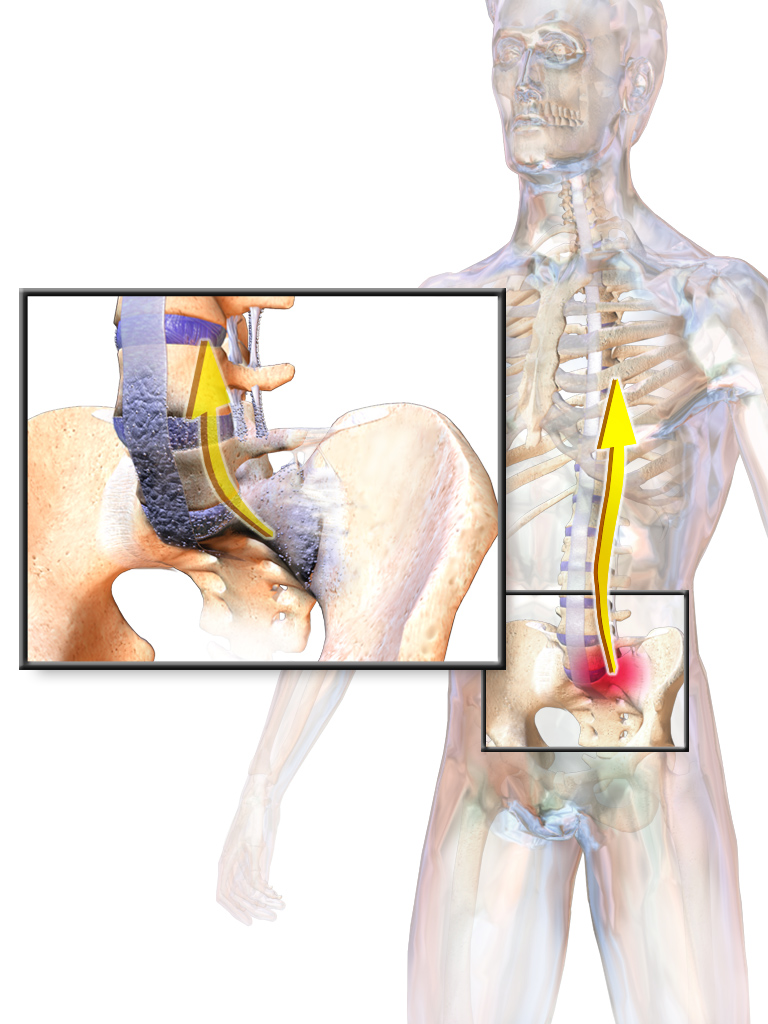It’s no fun when you’re plagued with back pain; you know, the kind of pain that just doesn’t go away. People who have ankylosing spondylitis, or AS, know this all too well. AS is a form of arthritis that in most cases affects the lower spine, although other joints can be affected. The pain comes from inflammation in the spine–and if it gets bad enough, it can cause new bone formation.
The cause of AS is unknown, although most people who have it also have the gene HLA-B27. And yet, only a fraction of people with HLA-B27 have AS, so like many rare diseases, there are more questions than answers. Researchers suspect that AS can be triggered by an environmental event, such as a bacterial infection. It also tends to run in families, so if you have the HLA-B27 gene AND a family member with AS, your chances of having it, too, increase.

AS doesn’t discriminate when it comes to who it will affect, either. It affects men and women in equal numbers, and is characterized by “flares,” or the acute onset of symptoms including pain and stiffness. Treatment varies from person-to-person, but the usual protocol is to treat the patient with nonsteroidal anti-inflammatory drugs (NSAIDs) such as ibuprofen, naproxyn, and indomethacin. In cases where NSAIDs are ineffective, patients are treated with sulfasalazine, methotrexate, corticosteroids, and biologic TNF inhibitors. People who are asymptomatic are still urged to see their rheumatologist once a year to be screened for underlying complications.
Paying for treatments is a problem for many people, so for a listing of patient assistance programs, click here; and for more information about AS, visit the Spondylitis Association of America online.
Share your thoughts about ankylosing spondylitis with the Patient Worthy community! We’d like to hear from you!


